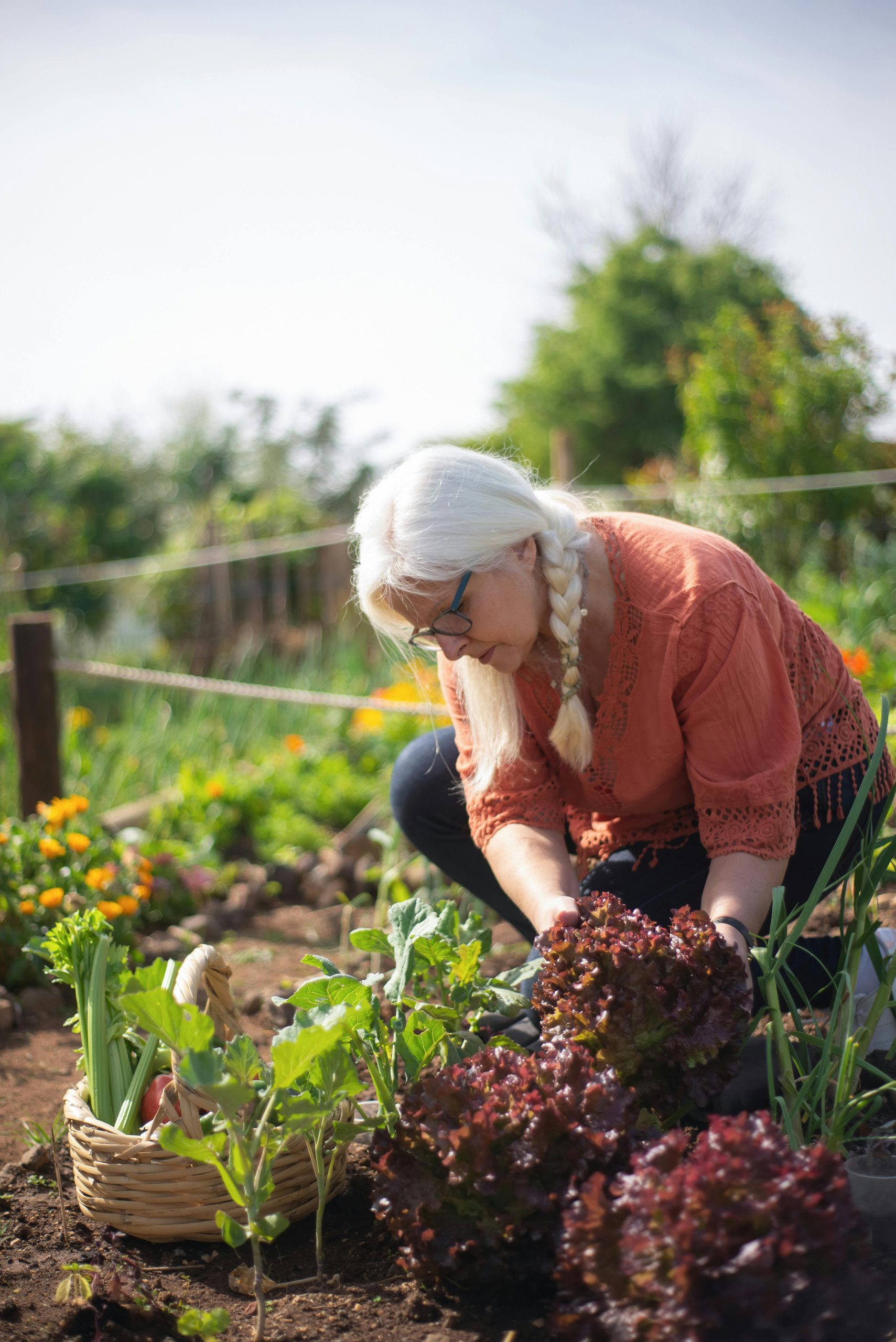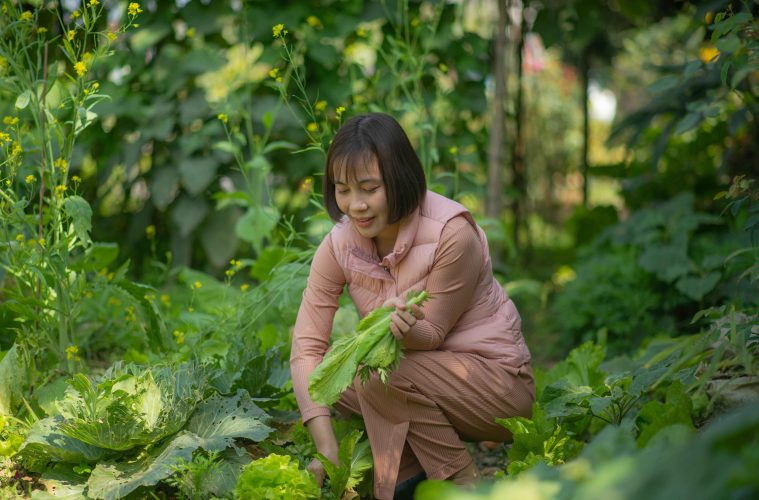The best way to enjoy an abundance of fresh food during the growing season is by practising the cut-and-come-again harvesting method. The method allows you to keep on enjoying your veggies long after their first harvest. It allows for easy vegetable gardening without the need to replant.
Understanding the cut-and-come-again harvesting practice
Cut-and-come-again is essentially a gardening practice that involves harvesting only the outer, mature leaves of the plant, leaving the young leaves or root systems alone. This means several small harvests from the same plants, allowing new growth to form and mature. In doing this, you’ll be able to graze on fresh vegetables all season long without needing to replant.
The leaves of these veggies vary; if you harvest the outer leaves, the centre of the plant will produce new leaves. This allows you to grow without worrying about succession sowing. Grow to pick anytime during the plant’s growing season. The trick with this method is to take only what you need, and try not to remove more than enough of the plant so it can keep photosynthesising and growing.
Plants perfect for cut-and-come-again harvest
- Swiss Chard: Considered a healthy alternative to kale or spinach, and can be enjoyed in various ways.
- Beets: Just like Swiss chard, you can harvest the plants’ leaves throughout the season, allowing the beetroot underground to continue maturing.
- Asparagus: With good care, they provide a plentiful harvest throughout the years and pack so many nutritional benefits.
- Lettuce: Quick-growing, fuss-free garden favourites. With lettuce, you can cut the whole plant, but just ensure the heart of the plant remains.

Image Credit: Pexels
Pay extra care when harvesting these plants, shear off the outer leaves at their bases so you don’t disrupt the heart of the plants. You can harvest as soon as the leaves are large enough.
ALSO SEE: WHY PERENNIALS ARE ESSENTIAL FOR ECO-FRIENDLY GARDEN DESIGN
Feature Image: Pexels

